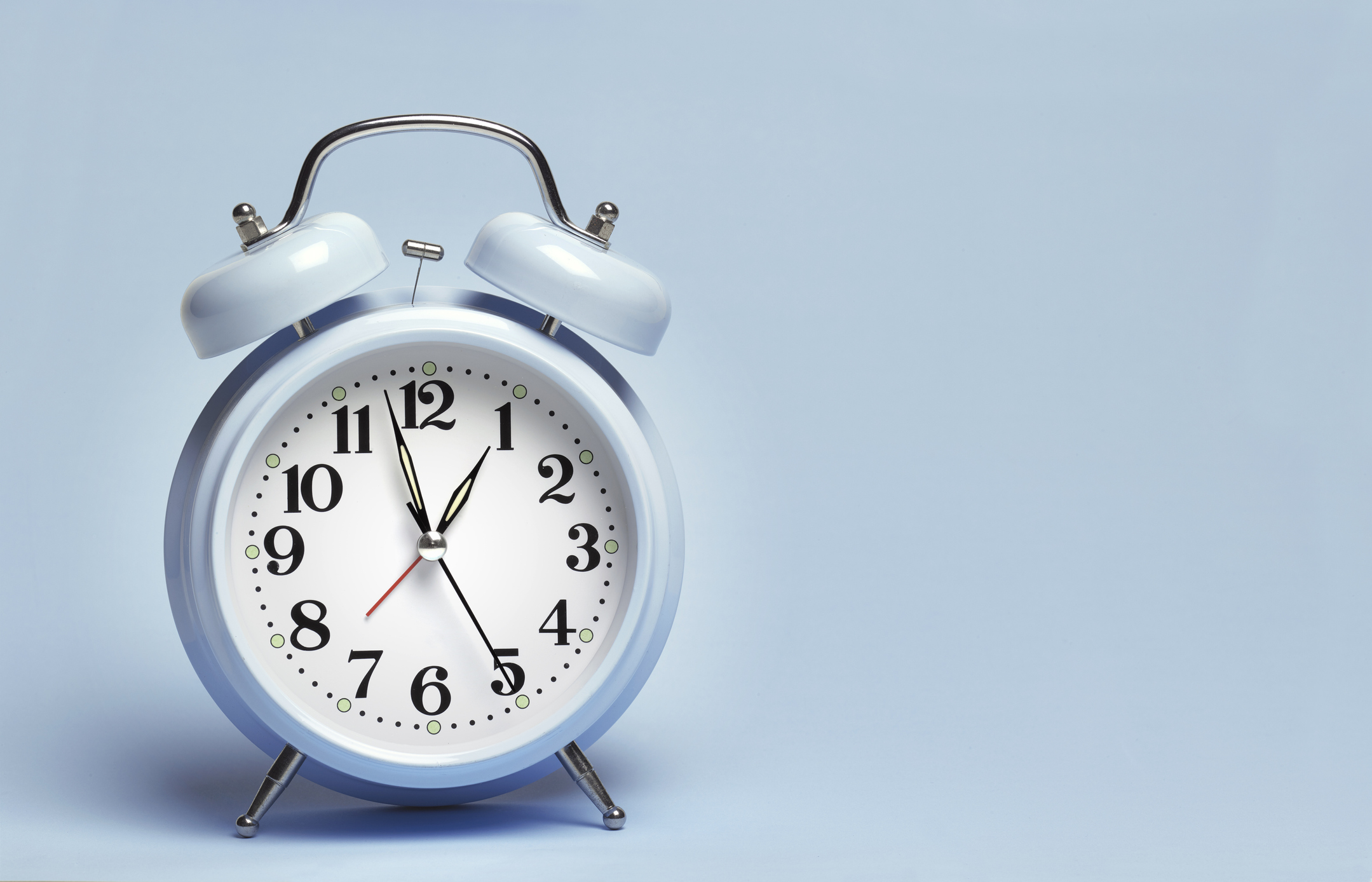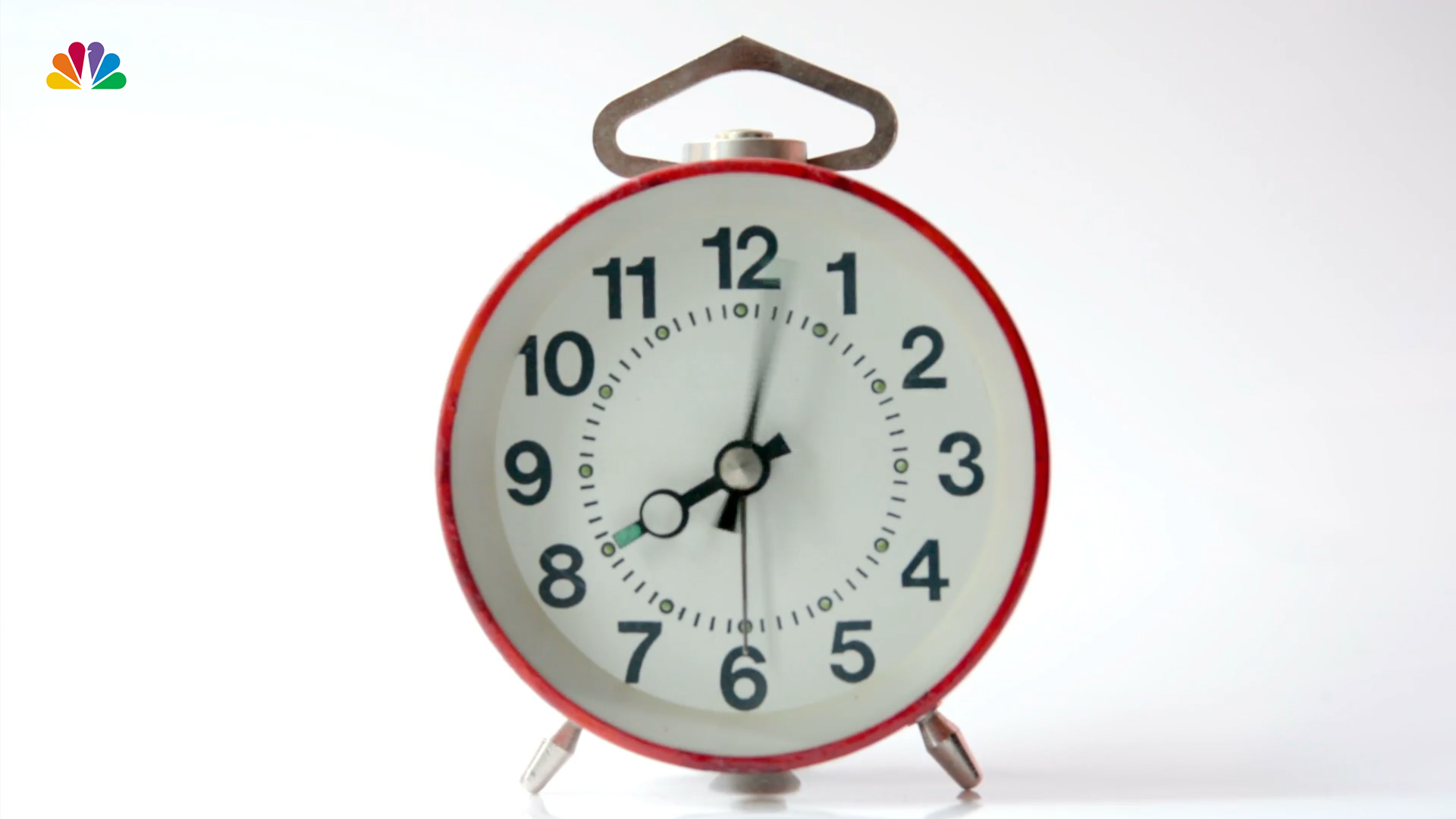
Daylight saving time ends this year on Nov. 7, 2021, meaning clocks must "fall back" by an hour. It continues that way until Sunday, March 13, 2022, when daylight saving time begins again.
So how did daylight saving time get started in the first place and is there any chance of it permanently ending any time soon?
Well, first, as a reminder, it's called daylight saving time and not daylight "savings" time.
Some people like to credit Benjamin Franklin as the inventor of daylight saving time when he wrote in a 1784 essay about saving candles and saying, "Early to bed, early to rise makes a man healthy, wealthy and wise." But that was meant more as satire than a serious consideration.
Germany was the first to adopt daylight saving time on May 1, 1916, during World War I as a way to conserve fuel. The rest of Europe followed soon after.
The United States didn't adopt daylight saving time until March 19, 1918. It was unpopular and abolished after World War I.
On Feb. 9 ,1942, Franklin Roosevelt instituted a year-round daylight saving time, which he called "war time." This lasted until Sept. 30, 1945.
Daylight saving time didn't become standard in the US until the passage of the Uniform Time Act of 1966, which mandated standard time across the country within established time zones. It stated that clocks would advance one hour at 2 a.m. on the last Sunday in April and turn back one hour at 2 a.m. on the last Sunday in October.
States could still exempt themselves from daylight saving time, as long as the entire state did so. In the 1970s, due to the 1973 oil embargo, Congress enacted a trial period of year-round daylight saving time from January 1974 to April 1975 in order to conserve energy.
Feeling out of the loop? We'll catch you up on the Chicago news you need to know. Sign up for the weekly Chicago Catch-Up newsletter.
Energy savings is often cited as the main reason for daylight saving time. However, studies have shown that any energy saved due to a reduction in the use of light is offset by an increased use of air conditioning.
Daylight saving time has continued to evolve. It now starts at 2 a.m. the second Sunday of March and ends at 2 a.m. the first Sunday of November. The change was advocated in part to allow children to go trick or treating in more daylight.
Only two states don't observe daylight saving time, Arizona and Hawaii.
The question of whether to permanently spring clocks forward or to permanently roll them back has been an ongoing conversation ever since Congress codified daylight saving time in the 1960’s, and Illinois has seen pushes on both sides of the spectrum to keep residents on one set time year-round.
According to the Peoria Journal-Star, at least four state representatives, including Democratic Reps. Bob Morgan and Michael Zalewski and Republican Reps. Adam Niemberg and Thomas Morrison, filed bills in the last year to make daylight saving time permanent in the state.
There is a catch, however.
Under federal law, states must receive Congressional approval to adopt year-round daylight saving time. According to The Old Farmer's Almanac, at least 15 states, including Arkansas, Delaware, Florida, Georgia, Maine, Oregon, Tennessee and Washington, have all passed bills to permanently spring forward, but have not been given federal approval to permanently move their clocks forward an hour.
Bills have been proposed at the federal level to move clocks forward by an hour permanently across the country, but none have been passed by either chamber of Congress.
If a state were to choose to observe standard time year round, it would not be subject to Congressional approval.
Indiana previously did not observe daylight saving time on a statewide basis, but changed its law in 2006.
In Illinois, Republican Reps. Tim Butler and Bob Welter both proposed legislation that would lead Illinois to observe standard time throughout the year, but the bills have not come up for votes in the legislature.



